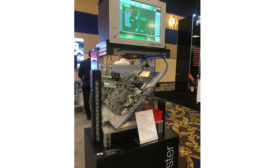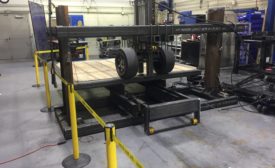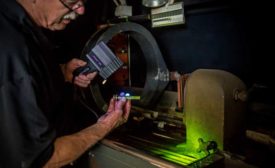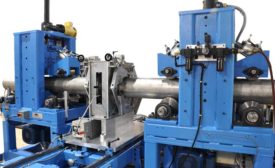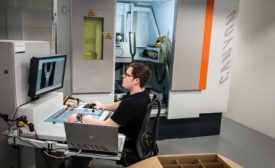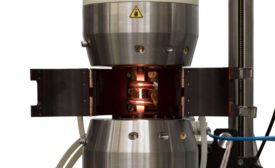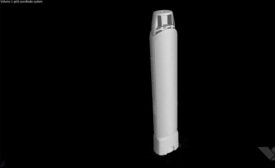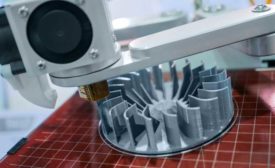Home » nondestructive testing
Articles Tagged with ''nondestructive testing''
A leak test is a procedure used to determine if an object, product, or system functions within a specified leak limit.
Read More
Analyzing Unexpected Structural Defects in Electronic Components
Anomalies may lie outside the scope of the established imaging parameters.
January 8, 2020
Knapheide Saves Costs and Time in Nondestructive Vehicle Testing
The money saved would otherwise have been spent contracting outside test labs.
November 8, 2019
NDT Compliance: The Proper Test for High Quality Lamps
Standards are constantly getting upgraded to make NDT safe and reliable for inspectors and the public.
November 8, 2019
Choosing and Applying NDT Methods for Round Stock during Production
There are many approaches to NDT inspection, ranging from full system tests to in-process inspection of partially finished products.
November 8, 2019
NDT
Industrial CT Raises the Bar for Canyon Bicycles
Inspection with the use of industrial X-ray and computed tomography has helped Canyon Bicycles raise the bar on quality and safety.
October 1, 2019
NDT
Fatigue Testing 101
A brief overview of the most common types of fatigue tests and where each is commonly used.
October 1, 2019
NDT
4 Reasons Why CT is the Best Method for Medical Device Quality Inspection
CT is a huge benefit to the medical device industry and will only continue to grow.
October 1, 2019
NDT
Materials Testing Standardization in Metal Additive Manufacturing
Even with the use of existing standards, several notable gaps remain.
October 1, 2019
Stay in the know with Quality’s comprehensive coverage of
the manufacturing and metrology industries.
eNewsletter | Website | eMagazine
JOIN TODAY!Copyright ©2024. All Rights Reserved BNP Media.
Design, CMS, Hosting & Web Development :: ePublishing


